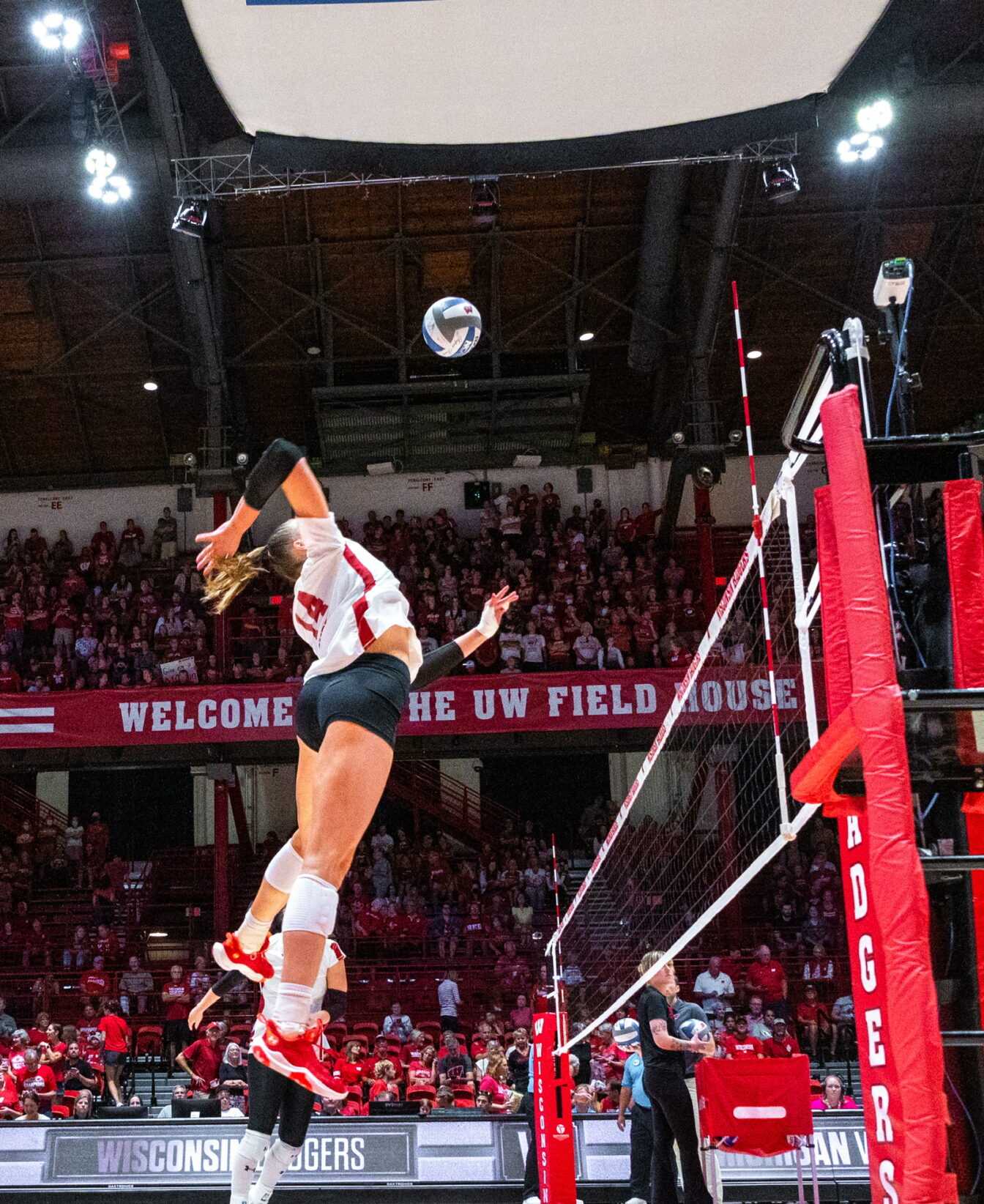The American Dream is a wonderful thing. The idea that anyone can make it if they just try hard enough is arguably the key to America’s economic power.
But as critics are quick to point out, the possibilities and opportunities available to myself and any other college student are not fathomable, much less obtainable, for some segments of society, particularly minorities in many American inner cities.
As any good liberal will tell you, education is essential. It is education that enables pursuit of the American Dream. If a person is unable to read or make basic calculations, there is nowhere for them to go.
That is precisely where inner-city students in Cleveland are headed, or rather, not headed. Two-thirds of Cleveland fourth graders are unable to read or understand basic math. Not surprisingly, only a quarter of all students graduate high school. A quarter! In fact, in 1995 the Cleveland school district failed all 27 standards for student performance.
In response to such catastrophic failures, the state of Ohio took over the school district and instituted a voucher program similar to the one in Milwaukee, the nation’s first.
Today, the constitutional validity of such voucher programs will be argued before the Supreme Court. The monumental nature of this case, which has the potential to be the most significant education decision since Brown v. Board of Education, offers an excellent occasion to examine not only the constitutionality of vouchers, but also the practicality — in other words, do they really work, and do they harm public education as opponents claim?
***
The idea behind vouchers is refreshingly simple. Instead of funneling parents’ tax dollars directly to schools regardless of performance, the program would give the money back to parents in the form of vouchers and let them pick the school. Schools, forced to compete for students, would be forced to improve, education dollars would be spent more efficiently and most importantly, children at terrible schools would have a chance for a real education.
Recent evidence suggests this is indeed the case, at least as far as students are concerned. The first-ever controlled test of the effects of vouchers was conducted in Dayton, Ohio; New York City and Washington, D.C., and the vast majority of students were African American.
According to the study, “In the three cities taken together, the average, overall test-score performance of African American students who switched from public to private schools was, after one year, 3.3 National Percentile Ranking points higher, and, after two years, 6.3 NPR points higher than the performance of the control group remaining in public schools.”
So voucher programs help the students, but what about the schools they leave behind? Voucher opponents would have you believe vouchers decimate public schools, leaving them and their students worse off — it would be far better to pour money into fixing those schools.
The first problem with this argument is that some of these schools, like Cleveland’s, are so bad it is difficult to imagine them regressing. Second, funding is clearly not the issue — Cleveland’s schools receive approximately $8,000 per pupil, much higher than the state average.
But, more importantly, the idea of competition forcing public schools to improve actually works. Milwaukee’s voucher program was recently the subject of two studies regarding how public schools fared under the voucher program.
The first sign of health for Milwaukee Public Schools is the fact they are now enrolling 80 percent of the city’s students, as compared to 78 percent 10 years ago — this despite the fact that participation in the voucher program recently topped 10,000. Secondly, MPS spends 24 percent more on students than it did 10 years ago. Most importantly, according to one of the studies, in the last four years, “MPS 10th-graders’ percentile ranking on national tests rose 15 points in social studies, 13 points in reading, 11 points in science and language arts and six points in math.”
Both supporters and opponents of vouchers have attributed the gains to the competition brought on by vouchers.
But practicality is moot if vouchers (at least those able to be used for parochial schools) are unconstitutional. Fortunately for poor, disadvantaged students everywhere, the Supreme Court will likely rule they are not.
The Supreme Court has long held that just because public funds ultimately end up at religious institutions, that does not constitute a violation of the First Amendment’s Establishment Clause. Rather, if the money’s destination is “wholly dependent on the student’s private decision,” and the money is furnished for a neutral purpose — such as education — then the program is legal. (For these reasons, Pell Grants and the G.I. Bill have directed thousands of dollars to parochial universities and colleges.)
So vouchers help students, improve public schools, and are constitutional. ‘Tis a shame many who claim education as essential and a right are so opposed to its benefits reaching those who need it most.
Benjamin Thompson ([email protected]) is a senior majoring in political science.














